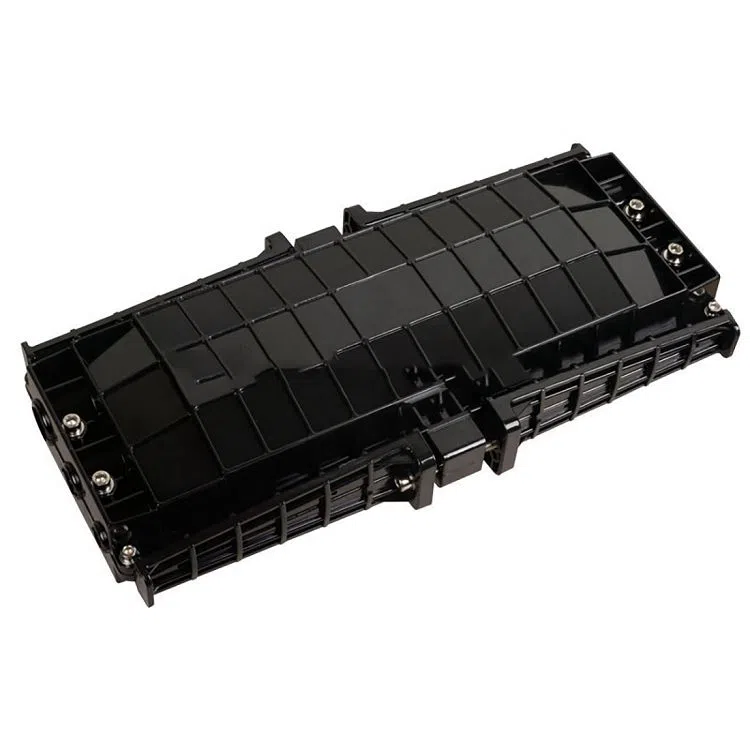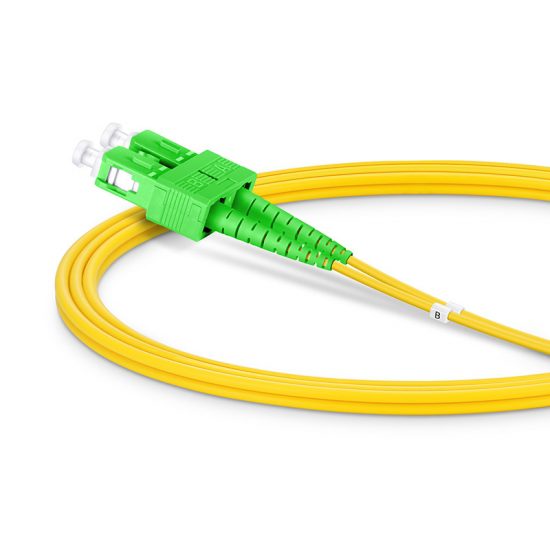Fiber joint enclosures are essential components for managing and protecting fiber optic connections in telecommunications and data networks. They are designed to provide a secure and safe environment for splicing, terminating, and distributing fiber optic cables. The need for reliable and high-speed communication has increased the demand for fiber joint enclosures, making them a critical component of modern communication networks.
What are Fiber Joint Enclosures?
Fiber joint enclosures are boxes or cabinets that house fiber optic splices and terminations. They are used in both indoor and outdoor applications and provide protection from environmental factors such as moisture, dust, and physical damage. These enclosures also help to maintain the optical performance of the fiber optic cables, ensuring stable and consistent communication.
Types of Fiber Joint Enclosures
There are several types of fiber joint enclosures available in the market, each designed to meet specific needs and requirements. Some of the most common types of fiber joint enclosures are:
Rack Mount Enclosures:
These are designed to be mounted on a standard 19-inch server rack and are suitable for indoor applications.
Wall-Mount Enclosures:
As the name suggests, these enclosures are designed to be mounted on a wall and are suitable for indoor or outdoor applications.
Floor-Standing Enclosures:
These enclosures are designed to be placed on the floor and are ideal for outdoor applications.
Pedestal Enclosures:
These are outdoor-rated enclosures designed for mounting on poles or pedestals.
Splice Tray Enclosures:
These enclosures are designed to hold splice trays and are ideal for indoor or outdoor applications.
Benefits of Fiber Joint Enclosures
Protection:
Fiber joint enclosures protect fiber optic cables from environmental factors such as moisture, dust, and physical damage. This helps to maintain the optical performance of the fiber optic cables and ensures stable and consistent communication.
Organization:
Fiber joint enclosures help to organize and manage fiber optic cables, making it easier to splice, terminate, and distribute them. This also helps to minimize cable clutter and reduces the risk of damage to the cables.
Scalability:
Fiber joint enclosures are designed to be scalable and can be easily expanded as the needs of the network grow. This helps to reduce the cost of upgrading the network in the future.
Reliability:
Fiber joint enclosures provide a secure and safe environment for splicing and terminating fiber optic cables. This helps to ensure that the connections are reliable and reduces the risk of communication failure.
Ease of Installation:
Fiber joint enclosures are designed to be easy to install, making it possible to quickly and efficiently upgrade communication networks.
Applications of Fiber Joint Enclosures
- Telecommunications: Fiber joint enclosures are widely used in telecommunications networks to manage and protect fiber optic connections.
- Data Centers: Fiber joint enclosures are also used in data centers to manage and protect fiber optic connections, ensuring stable and consistent communication.
- Enterprise Networks: Fiber joint enclosures are used in enterprise networks to manage and protect fiber optic connections, ensuring reliable and high-speed communication.
- Outdoor Applications: Fiber joint enclosures are designed to be used in outdoor applications, making them ideal for use in remote locations or where cable protection is required.
- Broadcasting: Fiber joint enclosures are also used in broadcast networks to manage and protect fiber optic connections, ensuring reliable and high-quality broadcasting.
The “Core 3 in 3 out Madidi joint” and “Fiber Optic Splice Enclosure” likely refer to specific products for managing fiber optic connections in outdoor environments. Some common types of outdoor fiber joints include:
- Fusion Splice Joints: These are joints created by fusing two fiber optic cables together to create a single continuous strand.
- Mechanical Splice Joints: These joints use mechanical devices to secure and protect the connection between two fiber optic cables.
- Weatherproof Joints: These are joints that are designed to protect the connection from environmental factors such as moisture, dust, and physical damage.
- Rack-Mount Enclosures: These are enclosures designed to be mounted on a server rack and are suitable for indoor or outdoor applications.
- Wall-Mount Enclosures: These enclosures are designed to be mounted on a wall and are suitable for indoor or outdoor applications.
- Floor-Standing Enclosures: These enclosures are designed to be placed on the floor and are ideal for outdoor applications.
- Pedestal Enclosures: These are outdoor-rated enclosures designed for mounting on poles or pedestals.
- Splice Tray Enclosures: These enclosures are designed to hold splice trays and are ideal for indoor or outdoor applications.
It is important to note that specific products, such as the “Core 3 in 3 out Madidi joint” and “Fiber Optic Splice Enclosure,” may have unique features and specifications compared to other types of outdoor fiber joints.




